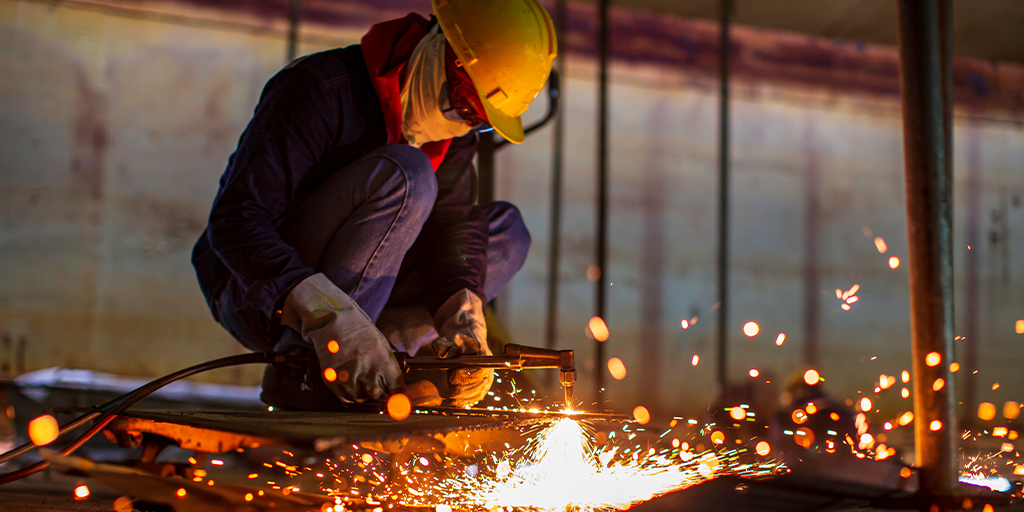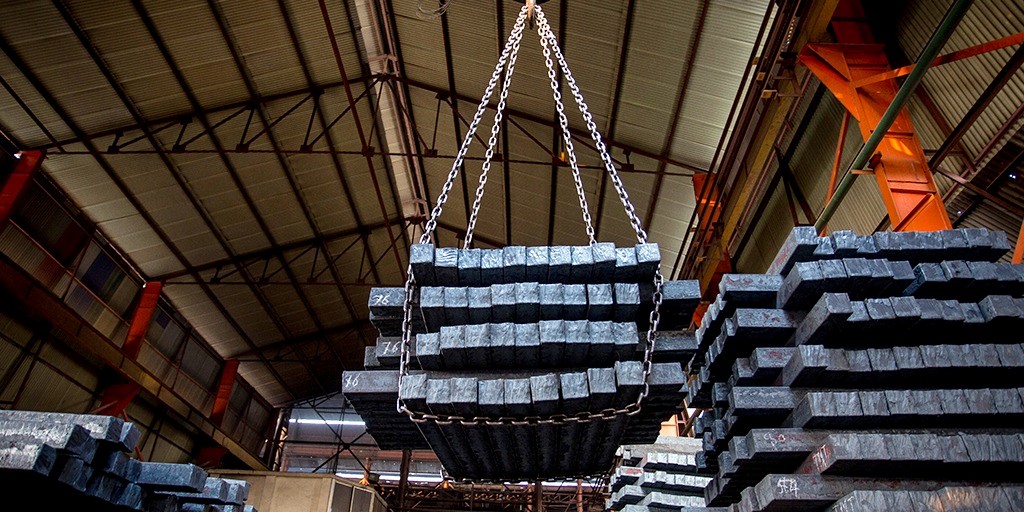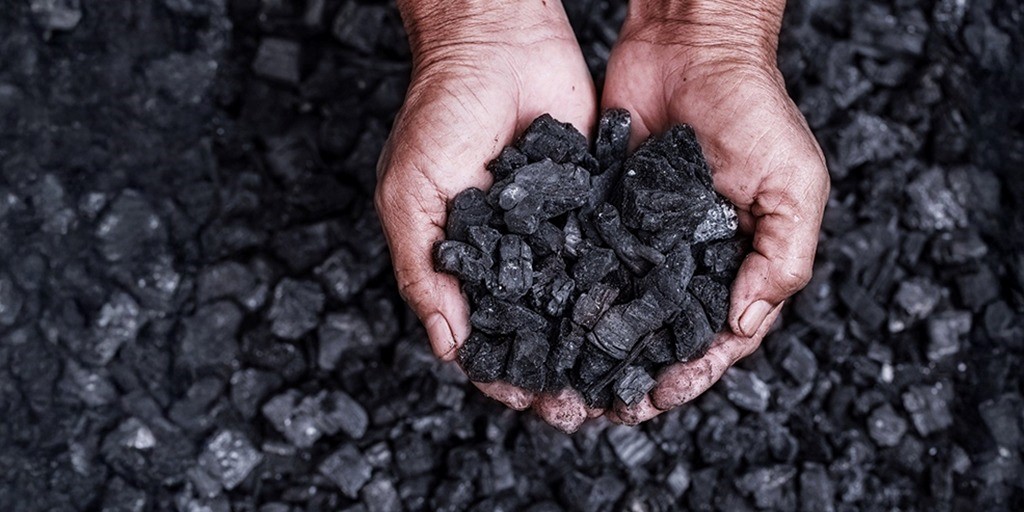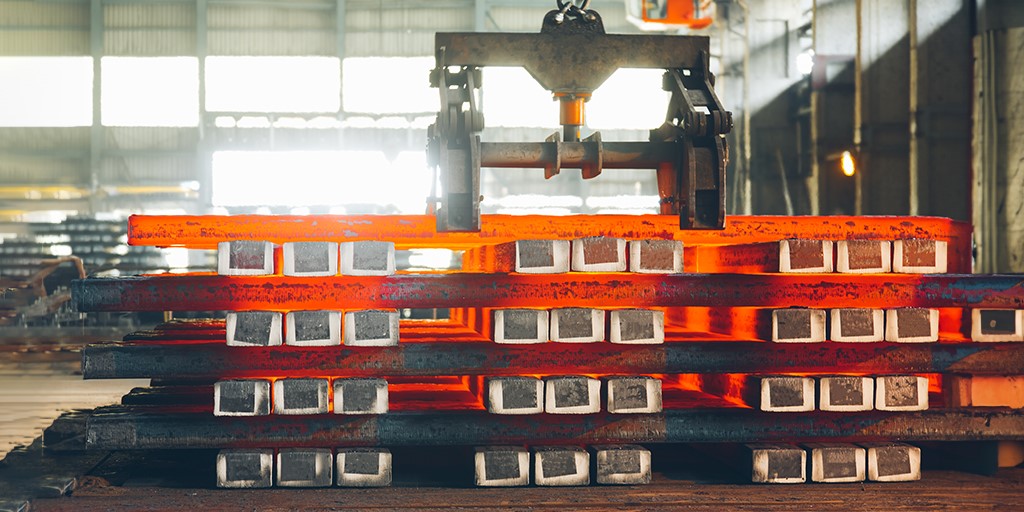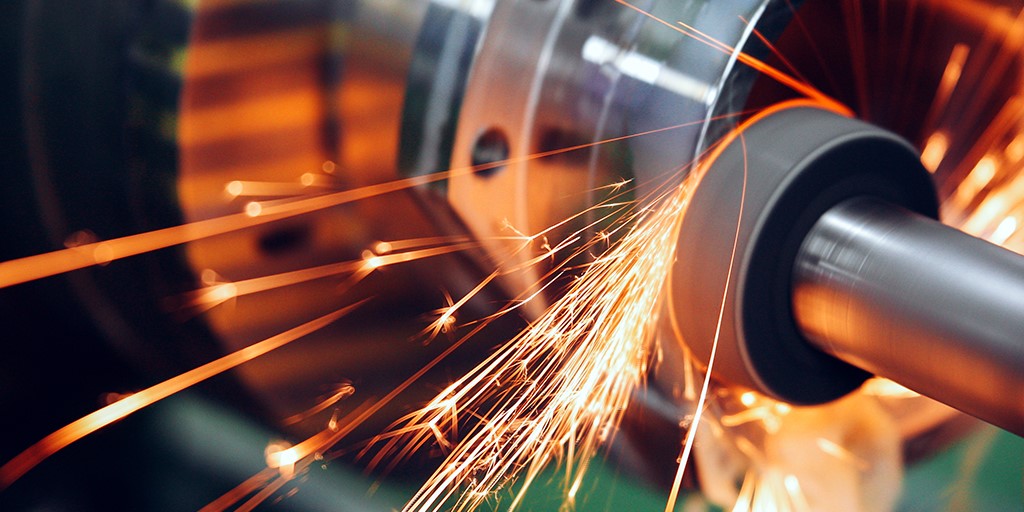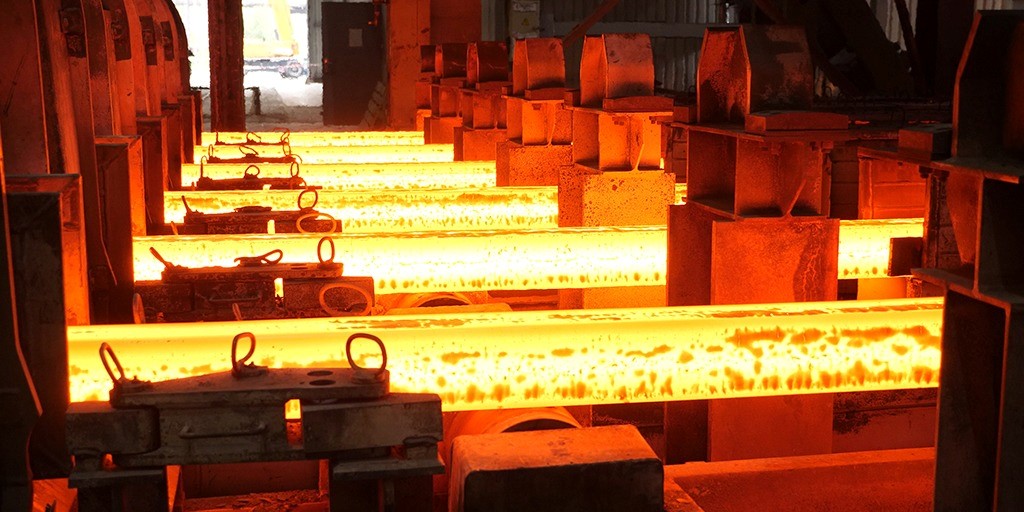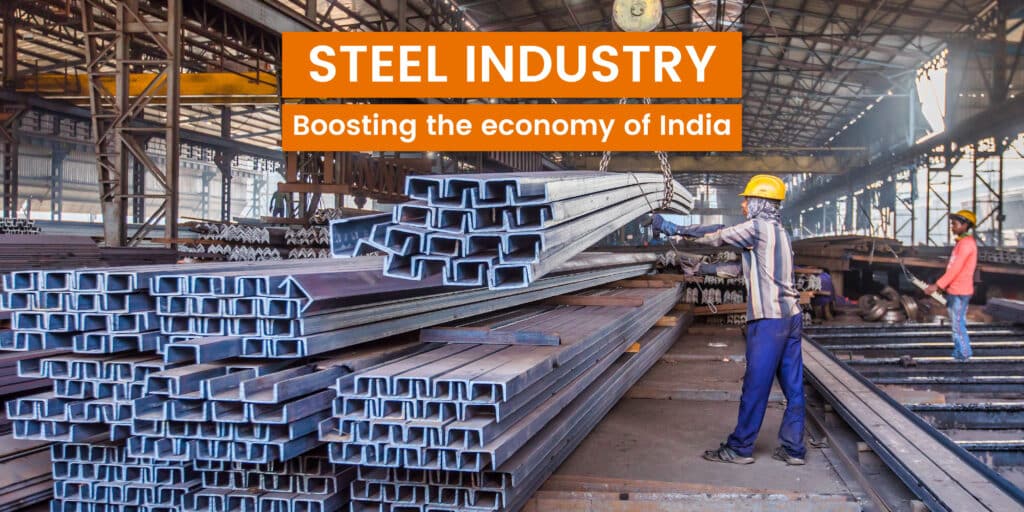
Steel industry: Boosting the economy of India
The current civilisation of the twenty-first century owes a large portion of its origin to humanity’s knowledge and application of metallurgy. All of the primary sectors on which we rely on a daily basis would be essentially impossible without metals. Metals play a vital role, whether it’s for infrastructure or transportation. Metals are so ubiquitous in our lives, from spoons and forks to the International Space Station, that their significance cannot be overstated. This particular iron alloy, ‘STEEL,’ is widely recognised as a fundamental element for some of the most significant metallic inventions, innovations, and development. Steel’s physical and chemical properties as a material are so adaptable that they can be widely used for developing technological solutions.
As steel is a raw and intermediary material it is frequently seen as a measure of a country’s economic development. We can clearly see that the steel sector has always been at the forefront of industrial progress and it continues to be on the top spot amongst the metals. As of April 2022, India is the world’s second-largest producer of crude steel. The growth in the Indian steel sector is majorly due to the domestic availability of raw materials such as iron ore, and cost-effective labor. Additionally, the Indian steel industry continuously strives for modernisation of traditionally set up plants and upgradation to increase efficiency levels.
In the past two decades, the Indian steel sector has expanded significantly with an almost 75% increase since 2008. In FY ’22, crude steel and finished steel production were tracked to be 133.596 MT and 120.01 MT respectively. Similarly, the exports saw a YoY growth of 25.1% in the same year. FY ’22 has been instrumental to the steel industry as the production of crude steel and finished steel was at 40.95 MT and 38.55 MT respectively.
Considering its contribution towards the economy, the government has initiated many policies and programs to keep up with the demands of the steel industry. The National Steel Policy, 2017 envisages 300 million tonnes of production capacity by 2030-31 with 85% of capacity utilisation. The government also plans to double the rural consumption of steel from 19.6 kg/per capita to 38 kg/per capita by 2030-31.
The steel sector has emerged as a major player given the dependence of a diverse range of sectors on its outputs as India plans to be a manufacturing powerhouse in the world. With the industry accounting for about 2% of the nation’s GDP, India ranks as one of the largest producers and is poised to take over China as the world’s largest consumer of steel.
With this perspective, the government aims to create a technologically advanced and globally competitive steel industry that promotes economic growth with the National Steel Policy 2017.
This policy aims to achieve self-sufficiency in steel production by providing adequate support and guidance to steel manufacturers in India to maximise their contribution towards the Indian economy.




